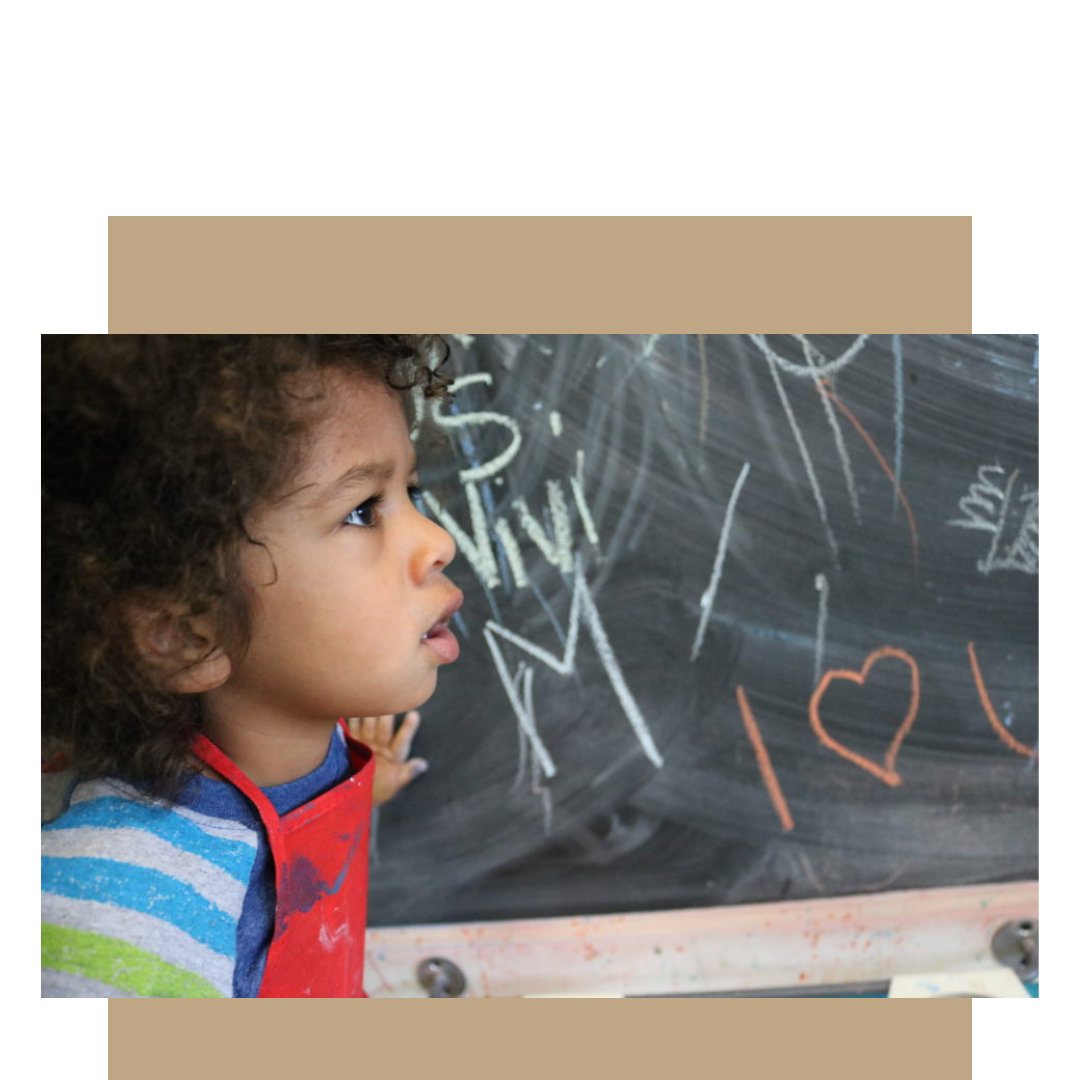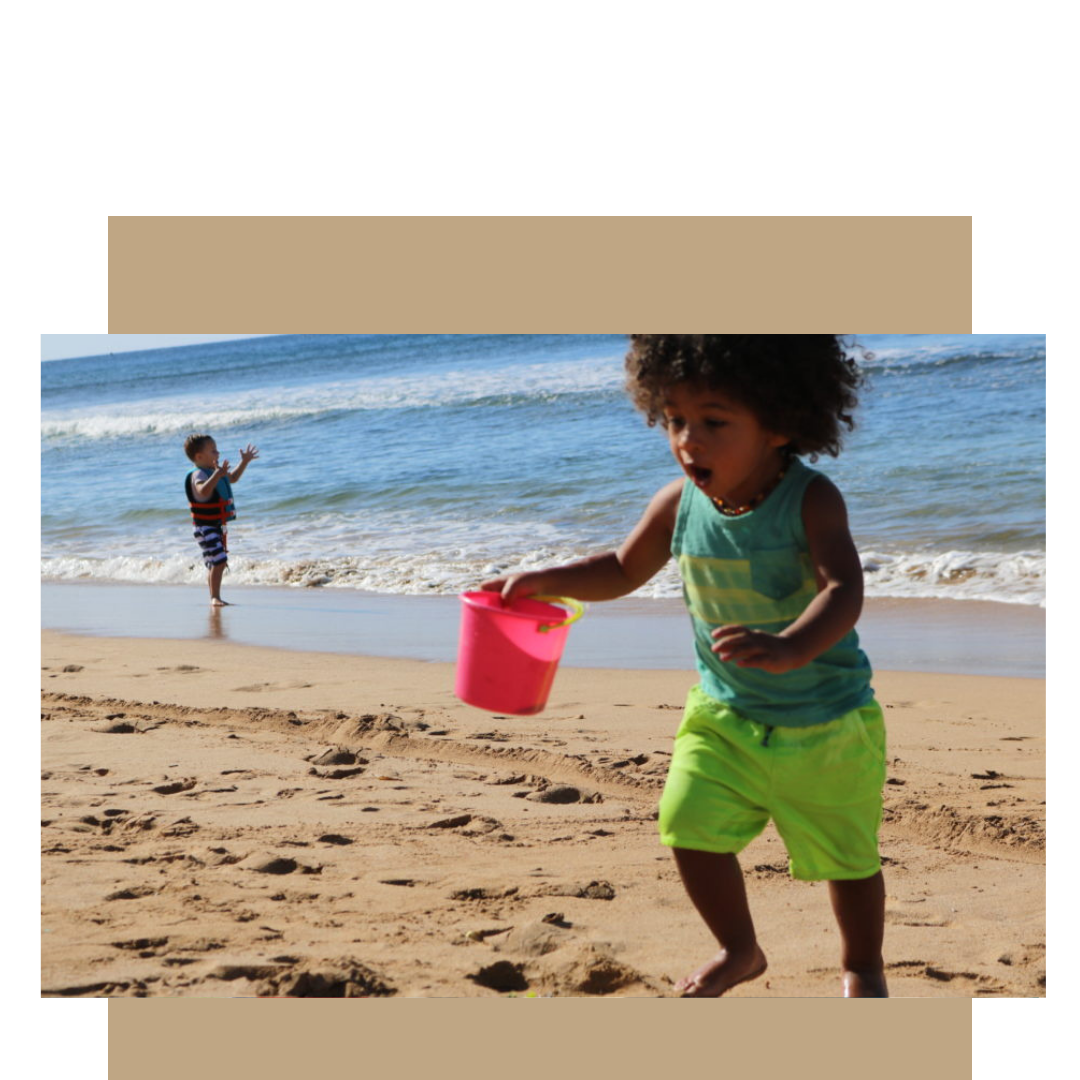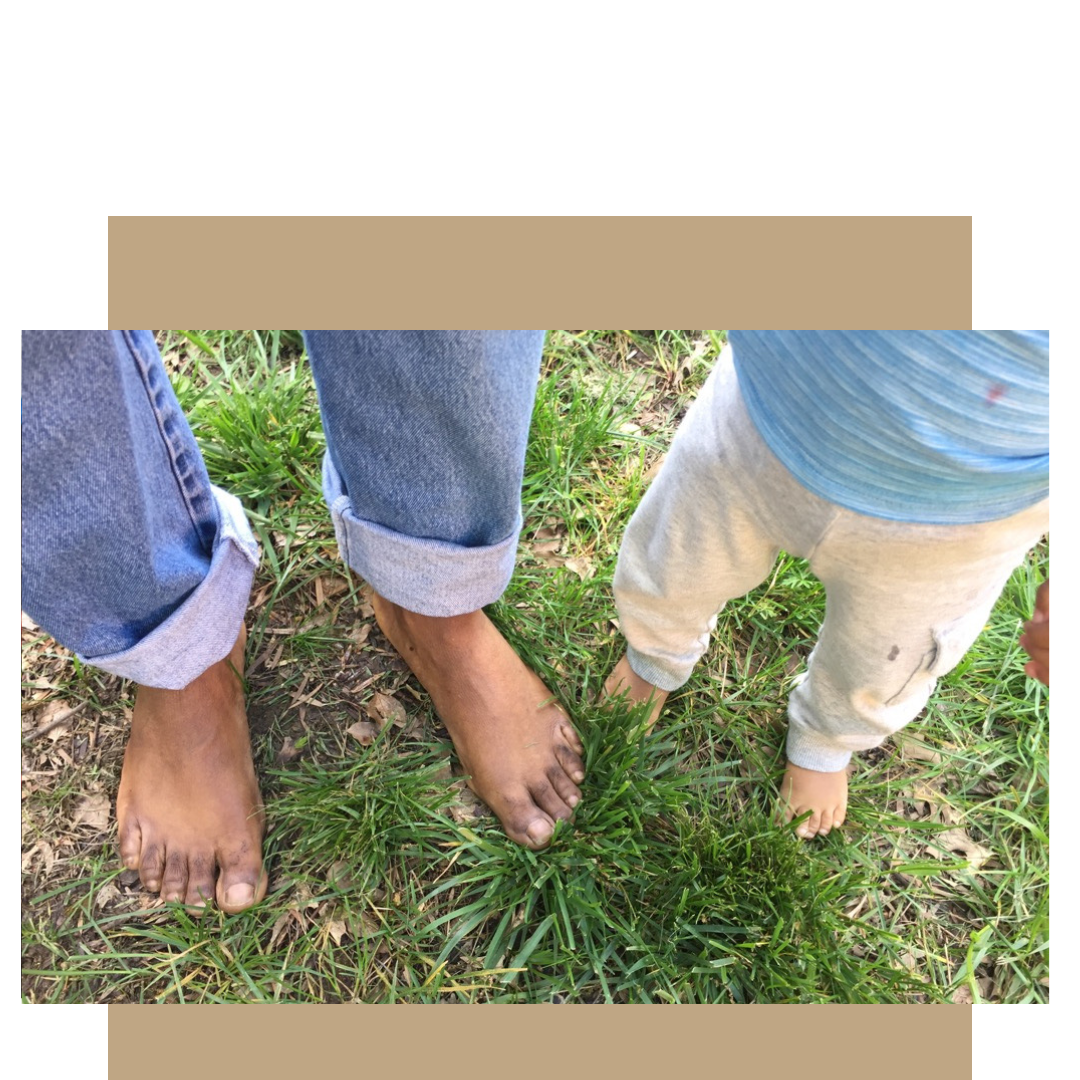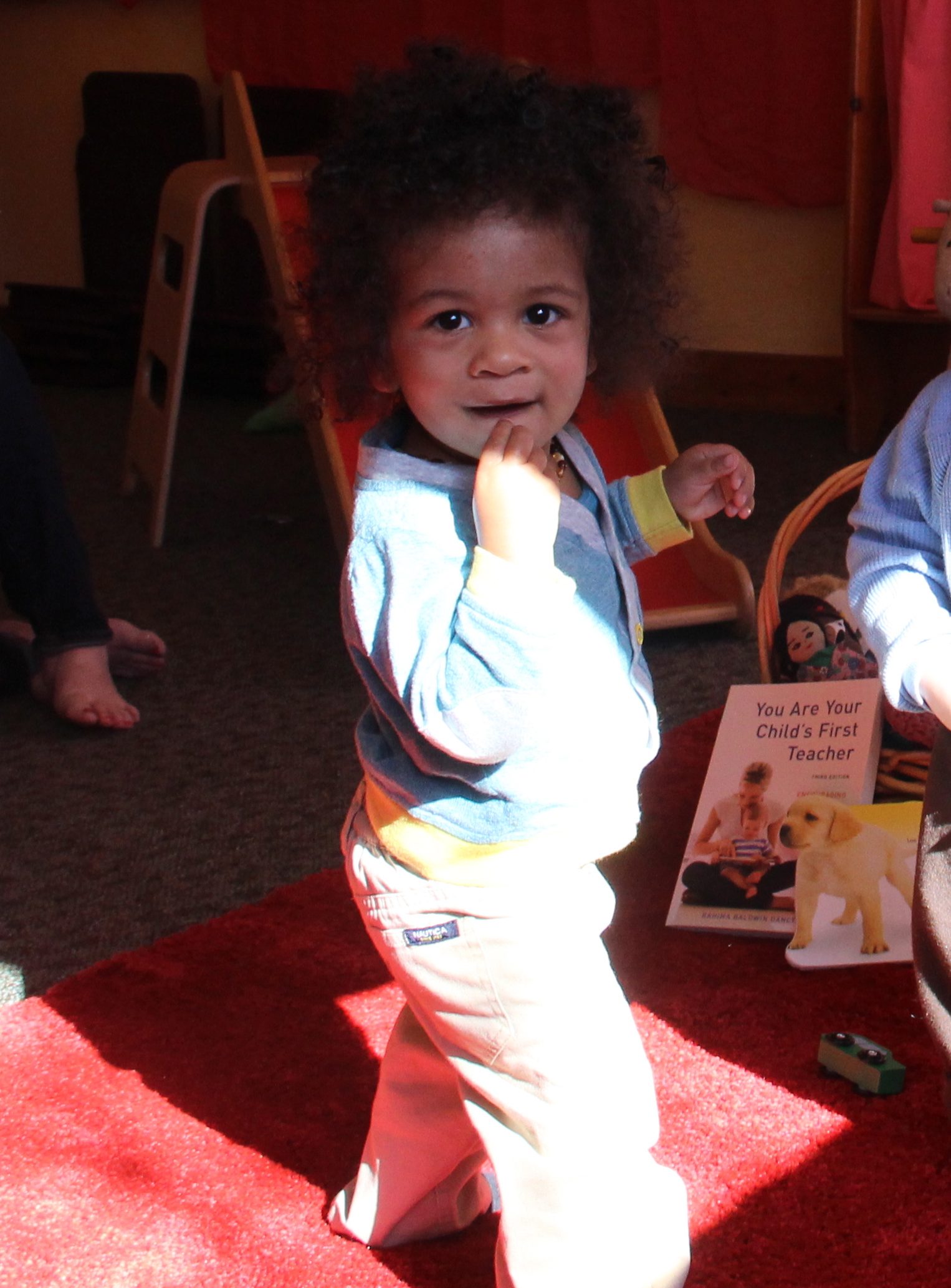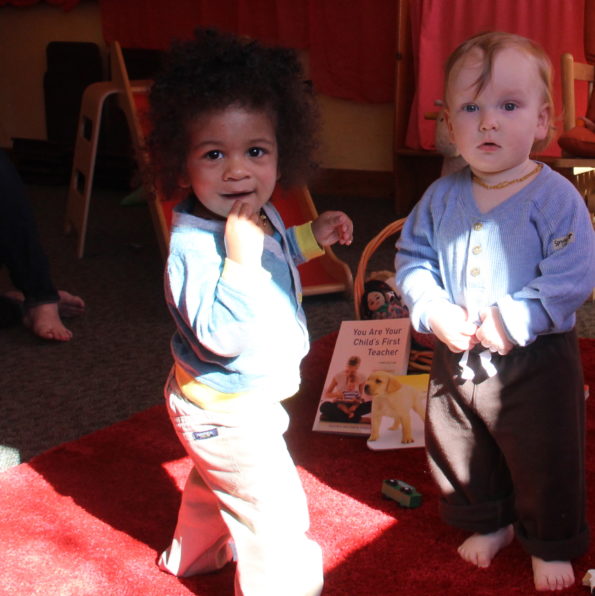
It takes a good long while for babies to learn to speak, and as parents we are anxiously awaiting their first words. “Mama” or “dada” usually comes first, around 6 months or so, yet it isn’t until the age of 18 months to 2 years that little ones actually start speaking in simple sentences and not only make themselves heard, but clearly understood.
But why wait to communicate when there is another way to understand each other?
Sign language helps babies to communicate before they can speak. Just as your baby begins to call you by name, take advantage of their developing brain and their desire to exchange feelings – begin to mime as if you do not understand their “foreign” language. Babies who are exposed to signs at a young age, even as early six months, will start to use sign language effectively by the age of eight or nine months. Even if they cannot sign back, know that they are learning, so keep at it, as the rewards are immense!
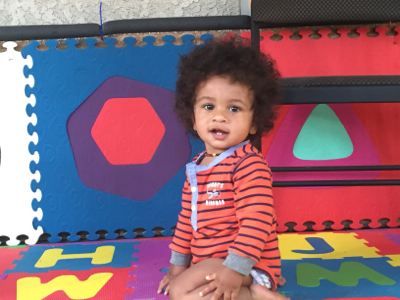
The eye-to-eye contact that takes place, without the use of words, is worth the effort of the learning process alone. It is a great bonding experience for both parent and child that involves trust and unconditional love. Infants who are immersed in baby sign language are also said to have improved self-esteem and elevated confidence, and it may even aid speech development in the future.
Rather than guessing what is on your child’s mind, make communication a fun game to improve your understanding of each other. As soon as your baby can hold your gaze, sign language is ready to be exercised. Begin with a few simple signs, locking eyes and saying the word out loud for the action that you are performing, or the object you are holding. The top 5 words to start out with are: Mom, Dad, eat, milk and cat or dog. Once you and your baby have a handle on those, then you can move on to learning a larger vocabulary: milk, eat, more and all done.
Baby sign language is all about repetition. You must incorporate signing into your daily routine if you want to be an effective communicator. You will also need to encourage the process with praise and attention.
Babies will pick up on your gestures and they are more likely learn if they are having fun, so practice your exaggerated expressions and get to work with some basic signing:
Food – Put your fingertips to your lips.
More – Hold both hands open in front of you, palms facing towards your body with one on front of the other. Move the hand in front forward a short distance.
All done – Move your hand, palm up, backwards and forwards.
Car – Use an imaginary steering wheel.
Book/read – Hold your palms open and flat.
Hot – Stick your hand out and pull it back quickly.
Cold – Make both hands into fists with the thumbs up, pull your arms to your sides and extend your forearms out, shaking your fists back and forth (like you are shivering).
Happy – Draw a large smile over your mouth.
Where – Shrug your shoulders with your hands held outwards, palms up.
Thirsty – Extend your index finger and move it down from your chin to your tummy following the path of water going to the tummy.
Sleepy – With your fingers spread apart begin with your hand over your face. Move your fingers down to your chin with your fingers eventually touching your thumb. As you make the sign relax your face and shut your eyes.
Teddy bear – Make your hands into claws and cross your arms with one hand on each shoulder – babies may simplify this and just give themselves a bear hug.
Wash – hold both fists together and rub them back and forth.
Simplified sign language is not just for children with hearing difficulties, it is for all who want to learn to communicate their emotions and desires without spoken words. And be creative, for it is all about interpretation, there is no wrong way to sign, so long as you understand each other.
It has been said that a picture is worth a thousand words. Baby sign language and communication by motions (and emotion) proves that this is absolutely true.
What has been your experience with baby sign language and what have you learned from teaching this to your infant or toddler?
Please share your experience in the comments below or follow us on Twitter: @remys_dad or @dadsITH
